Why focus on Oyster reseeding?
Oysters are often described as the ‘kidneys of the sea’ in the sense that they filter water of algae, plankton and nutrients making sea water clearer and cleaner. But I think that this description understates the importance of oysters to the coastal habitat. Internationally, oysters are well recognised as a keystone species in terms of the marine ecosystem, meaning that oysters are an enabler species that promotes balance and health in the coastal habitat.
How Oysters perform their magic
In July / August of each year, adult oysters spawn producing around 1 million oyster larvae per oyster. The larvae called spat, float in the water column seeking a suitable surface or substrate to attach themselves onto; other oysters, seashells as well as rocks are an ideal surface for the spat to settle and grow.
Once established the juvenile oysters take approximately 3 years to reach maturity and the reproduction cycle begins again with the offspring. Meanwhile each oyster filters approximate 200 litres of water per day reducing the levels of algae, plankton and nutrients making the water clearer. With clear water, sunlight can penetrate the sea floor more efficiently which in turn allows sea weeds and sea grasses to propagate. Seaweed and Seagrass creates shelter and cover allowing a nursery ground for fish to spawn which attracts predators like mackerel and pollock into the marine eco system as well as crabs, shrimp and other invertebrates. Over time the oysters create a reef which acts as a natural barrier against storm surge and dramatically helps to reduce coastal erosion.
But there’s more
Apart from kickstarting coastal biodiversity, oysters play a really important role in carbon sequestration. An oyster shell is a really hard shell made up of calcium carbonate and will resist biodegradation for thousands of years and these shells take just 3 years to reach maturity. A fully grown European Flat Oyster (Native Irish Oyster) is 11cm in length and weighs up to 180g so the amount of carbon sequestered mounts up pretty quickly once the oyster reef gets established.
Below is a picture of how 4 juvenile oysters have attached themselves onto a piece of oyster shell (cultch) that I picked up when the tide was out along the shore in Clew Bay, Co Mayo.

Oysters and Seagrass
Oyster reefs help promote the propagation of seagrasses as the clear filtered water allows seagrass photosynthesis and the carbon exchange occurs at an incredibly fast rate producing oxygen and absorbing carbon. I took this short video below on my GoPro and reduced the speed to 25% and if you look carefully, you will see lots of air bubbles arising from the seagrass bed which is the carbon exchange in action.
According to the UN, Seagrass beds sequester atmospheric carbon 40 times faster than the equivalent area of rainforest but like the rainforest, it is a delicate ecosystem that needs protection and is sensitive to rising sea temperatures and changes in water quality. Oysters play a pivotal role in stabilising the eco system that allows seagrasses to survive and thrive.
Our restoration work with Clew Bay Oyster Co-Op is funded with each bag of Green Ocean Coffee sold, this is fascinating work and makes a big impact in combating the negative impact of climate change on our coastal environment. Choosing Green Ocean Coffee is a simple choice that make a difference; its great coffee with purpose.
If you would like to get involved or find out more, please get in touch at info@greenoceancoffee.ie. This project can only be a success if it is supported by people like you!


